This article was medically reviewed by Shari Forschen, NP, MA. Shari Forschen is a Registered Nurse at Sanford Health in North Dakota. Shari has worked in healthcare since 1996 and her expertise lies in acute care bedside nursing on a medical oncology floor. She received her degree from Medcenter one College of Nursing in 2003 and her Family Nurse Practitioner Masters from the University of North Dakota in 2014. Shari is a member of the American Nurses Association.
There are 16 references cited in this article, which can be found at the bottom of the page.
This article has been viewed 120,138 times.
Injections can be very painful, but they are also unavoidable at some points in your life. Many people get squeamish at the thought of needles or blood, which can make the experience of getting any type of injection upsetting.[1] You may also have some pain at the injection site afterwards, too. But by distracting yourself and relaxing during the injection and then relieving pain at the site afterwards, you can manage any painful injection.
Steps
Distracting and Relaxing Yourself
-
1Realize that needles are smaller. Most people had injections as children and may have bad feelings associated with them.[2] But realizing that needles are now much thinner and cause less pain may help relax you before an injection.[3]
- Ask your doctor or the person injecting you about the size of the needle if you like or what type of pain you might feel. In some cases, they may even show you how small it is.
- Recognize that fear of needles or injections is very common.[4]
-
2Talk to you doctor. If you are scared, talk to your doctor or health professional before and during the injection. This can help reassure and distract you.[5]
- Speak with your health professional before the injection about any fears or concerns you have. Ask her to explain how she will do the injection before she starts.
- Ask your doctor to talk to you while she injects you as a distraction technique. Keep the conversation light and not related to your health. For example, you could tell her about your upcoming vacation and ask her if she has any suggestions for it.[6]
Advertisement -
3Look away from the injection site. A recent study suggests that looking away while you’re getting an injection may be the best way to distract yourself.[7] Focus on an object in the opposite direction of where you are getting the injection.
- Look at a picture or other object in the room.
- Watch your feet. This can help you take the focus off of your injection site.[8]
- Closing your eyes may help you relax and avoid anticipation of the injection. Imagine something else like a warm beach while your eyes are closed.
-
4Distract yourself with media. Being able to tune out an upcoming injection may help you relax and distract you. Try different media like music or your tablet.
- Tell your health professional you’d like to distract yourself with media you have brought.[9]
- Listen to soothing and slow music.[10]
- Watch a show or movie you enjoy.[11]
- Watch a funny video before and during your injection to relax you. This may help you associate shots with humor instead of pain.[12]
-
5Use relaxation techniques. Relaxing your entire body can help you get through an injection. From breathing exercises to medication, try different relaxation techniques before and during an injection.
- Squeeze a stress ball or other type of sensory object with the hand opposite your injection arm.[13]
- Breathe slowly and deeply. Inhale deeply for four seconds and then exhale for the same amount of time. This type of rhythmic breathing, sometimes called pranayama, can relax you and may also distract you.
- Double up on your relaxation techniques if necessary.[14]
- Tense and release muscle groups starting with your toes and ending at your forehead. Tense muscle groups for about 10 seconds and then give them 10 seconds to release. Take a deep breath in between groups to further relax you.
- Take an anti-anxiety medication to relax you. The injection is very quick, and likely the anxiety medication will far exceed the medication, so only use this if your fear or nervousness is extreme. Make sure to let the doctor know that you took the medication in case there are any contraindications with the injection and make sure you have someone to drive you home afterwards.
-
6Script the injection. Facing a needle can make you tense. Use the behavioral tactic of image scripting to help you get through the injection.
- Write a “script” for the injection. For example, write down what you will say to your doctor and the type of conversation you’d like to have. “Hello Dr. Maier, it’s nice to see you today. I know I’m here for an injection and I’m a bit scared. But I’d like to talk about my upcoming vacation to Munich while you give me the injection.”
- Stick to the script as much as you can during the procedure. Take your notes with you if that helps.
-
7Frame the injection in simple terms. Framing and guided imagery are behavioral techniques that can shape how you think and feel about specific situations by making them seem commonplace or banal. Use either technique to help you manage your injection appointment.
- Reframe the injection as “this is a quick poke and feels like a baby bee sting.”[15]
- Guide yourself with different imagery during the injection. For example, picture yourself on the top of a mountain or on a warm beach.
- Work with manageable units to manage the injection. For example, break it up into greeting the doctor, asking questions, distracting yourself during the procedure, and then happily heading home.
-
8Take someone to support you. Ask a friend or family member to come to your injection appointment with you. She can talk as a way of calming and distracting you.[16]
- Ask your health professional if your support person can come with you into the procedure room.
- Sit across from your support person. Hold her hand if that helps you relax.
- Talk to your support person about something completely unrelated like dinner or a movie you want to see.
Relieving Pain at the Injection Site
-
1Watch for injection site reactions. It’s not uncommon to have some pain or discomfort at an injection site for a few hours or days.[17] Looking for signs of post-injection inflammatory reactions can help you figure out the best way to relieve your pain or if you need to see your doctor. Common symptoms are:[18]
- Itching
- Redness radiating from the injection site
- Warmth
- Swelling
- Tenderness
- Pain
-
2Apply ice therapy. Put an ice or cold pack over the injection site. This can relieve itching, swelling, and pain by constricting blood flow and cooling your skin.[19]
- Leave the ice on the site for 15 – 20 minutes. Do this three to four times per day until the pain eases.
- Use a bag of frozen vegetables if you don’t have an ice pack.
- Put something like a towel between your skin and the ice or cold pack to minimize the risk of frostbite.[20]
- Put a clean, cool, wet washcloth over the injection site if you don’t want to use ice.[21]
- Avoid applying heat to your injection site. This can increase swelling as it brings more blood to infected area.[22]
-
3Take pain medication. Over-the-counter medications can relieve pain and swelling.[23] Consider taking these medications if you have a lot of pain or inflammation at the injection site.
- Take pain relievers including ibuprofen (Advil, Motrin IB), naproxen sodium (Aleve) or acetaminophen (Tylenol).[24]
- Do not give aspirin to children or teenagers under 18, as it increases the risk for Reye's syndrome, a potentially fatal condition.[25]
- Minimize swelling with NSAIDs (non-steriodal anti-inflammatory drugs) like ibuprofen and naproxen sodium.[26]
-
4Give the site some rest. Avoid taxing the area where you had an injection, especially if it was a cortisone shot.[27] This can give the injection site time to heal and may prevent further pain or discomfort.[28]
- Keep heavy lifting to a minimum if you got a shot in the arm.
- Stay off of your feet if you got an injection on your leg.[29]
- If you have received a steroid shot, avoid heat for 24 hours to ensure the injection will have maximum response.
-
5Seek medical attention for allergic reactions or infection. In some cases, injections can cause allergic reactions or prolonged pain. Seek medical attention as soon as possible if you experience any of the following symptoms or are unsure about your medication:[30]
- Worsening pain, redness, warmth, swelling, or itching
- Fever
- Chills
- Muscle aches
- Difficulty breathing
- High-pitched or uncontrolled crying in children
References
- ↑ http://www.huffingtonpost.ca/2012/05/15/avoid-pain-during-injections_n_1515671.html
- ↑ http://www.huffingtonpost.ca/2012/05/15/avoid-pain-during-injections_n_1515671.html
- ↑ http://www.huffingtonpost.ca/2012/05/15/avoid-pain-during-injections_n_1515671.html
- ↑ http://www.huffingtonpost.ca/2012/05/15/avoid-pain-during-injections_n_1515671.html
- ↑ https://www.uwhealth.org/healthfacts/pain/6835.pdf
- ↑ https://www.uwhealth.org/healthfacts/pain/6835.pdf
- ↑ http://www.huffingtonpost.ca/2012/05/15/avoid-pain-during-injections_n_1515671.html
- ↑ http://www.huffingtonpost.ca/2012/05/15/avoid-pain-during-injections_n_1515671.html
- ↑ http://www.huffingtonpost.ca/2012/05/15/avoid-pain-during-injections_n_1515671.html
- ↑ http://www.huffingtonpost.ca/2012/05/15/avoid-pain-during-injections_n_1515671.html
- ↑ http://saidsupport.org/distraction-techniques-to-reduce-to-pain-and-anxiety-for-your-child-when-giving-an-injection/
- ↑ http://saidsupport.org/distraction-techniques-to-reduce-to-pain-and-anxiety-for-your-child-when-giving-an-injection/
- ↑ http://saidsupport.org/distraction-techniques-to-reduce-to-pain-and-anxiety-for-your-child-when-giving-an-injection/
- ↑ http://www.ncbi.nlm.nih.gov/pmc/articles/PMC2936076/
- ↑ https://www.uwhealth.org/healthfacts/pain/6835.pdf
- ↑ https://www.uwhealth.org/healthfacts/pain/6835.pdf
- ↑ https://www.fairview.org/patient-education/90744
- ↑ https://www.fairview.org/patient-education/90744
- ↑ https://www.ncbi.nlm.nih.gov/pmc/articles/PMC5101544/
- ↑ https://www.webmd.com/first-aid/rice-method-injuries
- ↑ http://www.immunize.org/catg.d/p4015.pdf
- ↑ http://www.aofas.org/footcaremd/treatments/Pages/Joint-Injections.aspx
- ↑ https://www.fairview.org/patient-education/90744
- ↑ http://www.immunize.org/catg.d/p4015.pdf
- ↑ https://www.ncbi.nlm.nih.gov/pmc/articles/PMC1120628/
- ↑ https://my.clevelandclinic.org/health/drugs/11086-non-steroidal-anti-inflammatory-medicines-nsaids
- ↑ http://www.mayoclinic.org/tests-procedures/cortisone-shots/basics/what-you-can-expect/prc-20014455
- ↑ http://www.mayoclinic.org/tests-procedures/cortisone-shots/basics/what-you-can-expect/prc-20014455
- ↑ http://www.mayoclinic.org/tests-procedures/cortisone-shots/basics/what-you-can-expect/prc-20014455
- ↑ https://www.fairview.org/patient-education/90744
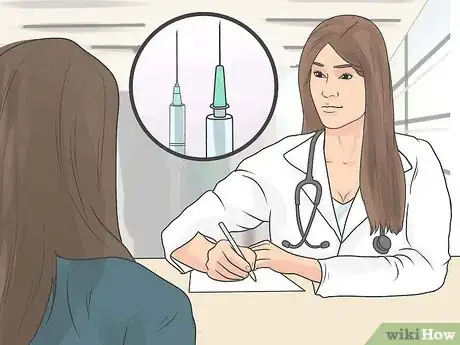

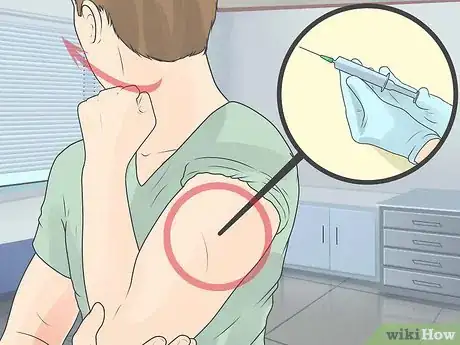

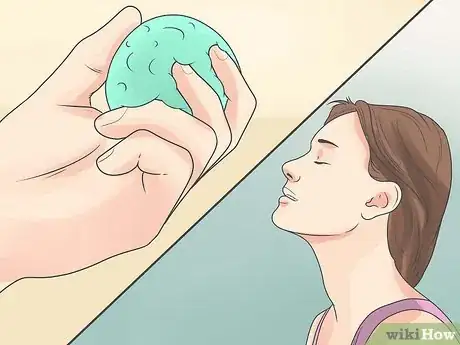

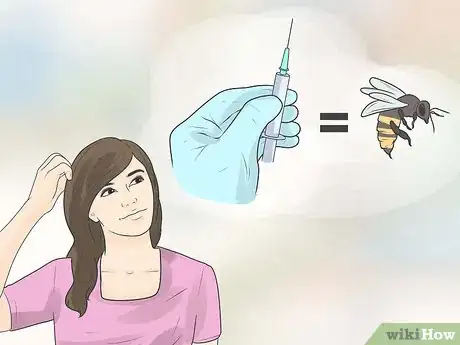

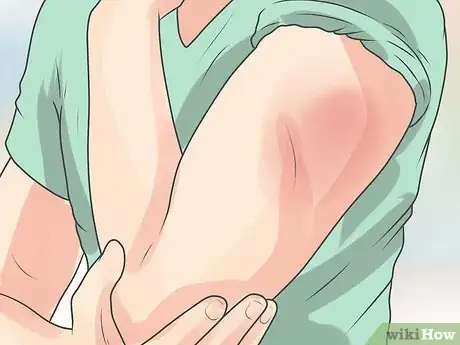
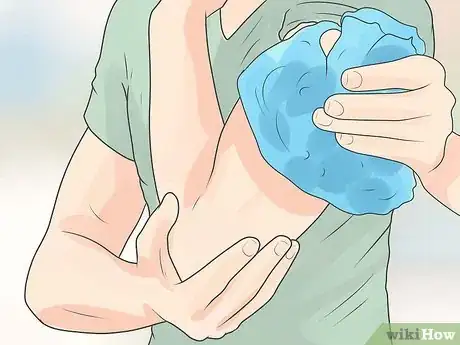
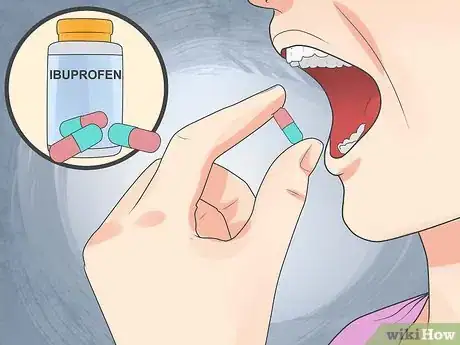
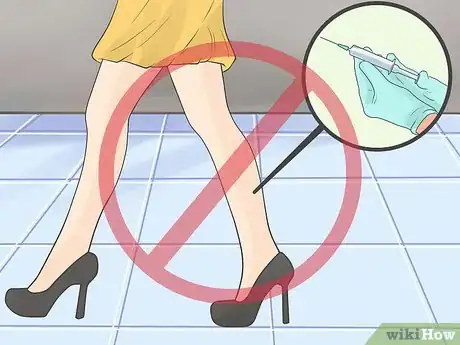
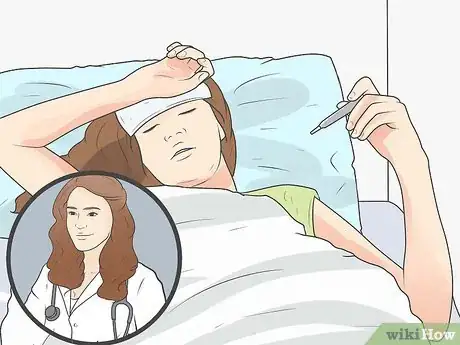
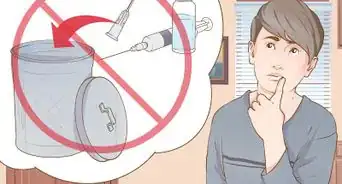
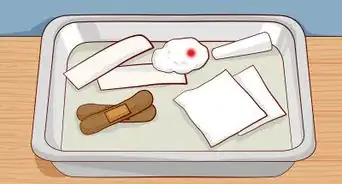
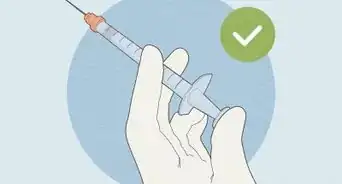
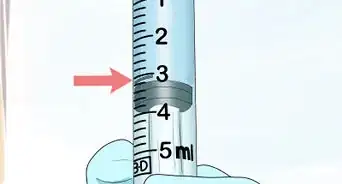



















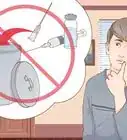
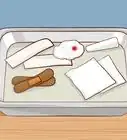
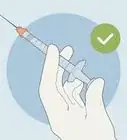




































Medical Disclaimer
The content of this article is not intended to be a substitute for professional medical advice, examination, diagnosis, or treatment. You should always contact your doctor or other qualified healthcare professional before starting, changing, or stopping any kind of health treatment.
Read More...